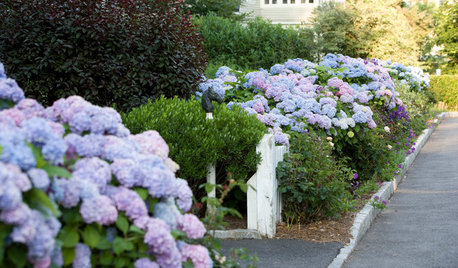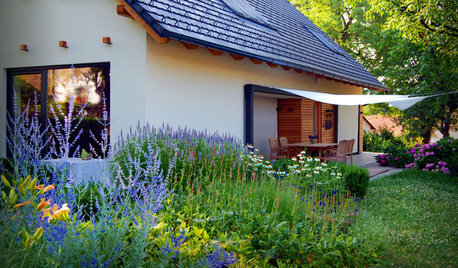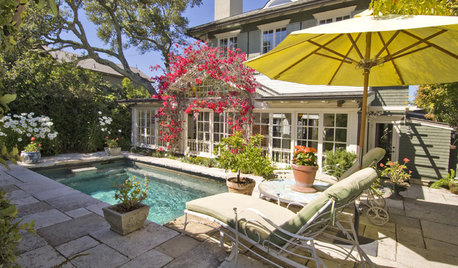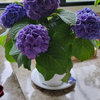Hybridizing Hydrangeas, Lots of Questions
azmountains_gardener
13 years ago
Featured Answer
Sort by:Oldest
Comments (8)
gardengal48 (PNW Z8/9)
13 years agoHydrangea729
13 years agoRelated Professionals
Zion Landscape Architects & Landscape Designers · Peabody Landscape Contractors · Fort Hunt Landscape Contractors · Gresham Landscape Contractors · Lake Worth Landscape Contractors · Live Oak Landscape Contractors · Metairie Landscape Contractors · Rockwall Landscape Contractors · Tavares Landscape Contractors · San Pablo Landscape Contractors · Rosemont Siding & Exteriors · Annapolis Siding & Exteriors · Kennewick Siding & Exteriors · Liberty Siding & Exteriors · Silver Spring Siding & Exteriorsego45
13 years agohokierustywilliamsbu
11 years agoHydrangeas Online
3 years agoluis_pr
3 years agogardengal48 (PNW Z8/9)
3 years ago
Related Stories

FLOWERSWhy You Should Give Hydrangeas a Place in Your Yard
The exuberant mop-headed beauties evoke dreams of an endless summer by the sea
Full Story
LANDSCAPE DESIGNRelish the Romance of a Slovenian Garden
Dappled with coneflowers and bursting with hydrangeas, a romantic European garden near the Julian Alps inspires enchantment
Full Story
KITCHEN DESIGNTake a Seat at the New Kitchen-Table Island
Hybrid kitchen islands swap storage for a table-like look and more seating
Full Story
MAN SPACESA Los Angeles Basement Becomes a Cozy Man Cave
Raw storage space in a Hollywood writer's home is transformed into a masculine home office hybrid
Full Story
LANDSCAPE DESIGN11 Design Solutions for Sloping Backyards
Hit the garden slopes running with these bright ideas for terraces, zones, paths and more
Full Story
BATHROOM DESIGNHow to Know if an Open Bathroom Vanity Is for You
Ask yourself these questions to learn whether you’d be happy with a vanity that has open shelves
Full Story
POOLS8 Ideas for Petite Pools
Modest in size but big on looks and function, pools like these offer a private swim space without requiring lots of room
Full Story
GARDENING GUIDESGarden-Friendly Native Alternatives to Overplanted Exotics
There are lots of gorgeous, wildlife-friendly native plants ready to make an appearance in your garden
Full Story
HOUZZ TOURSHouzz Tour: Industrial DIY Farmhouse in Ohio
With hard work, a can-do attitude and lots of help from family and friends, a rural couple builds a home that reflects their values
Full Story
SUMMER FRUITS AND VEGETABLESHow to Grow Your Own Fresh, Sweet Corn
Here's how to plant and care for your own mini cornfield
Full Story






Tim Wood